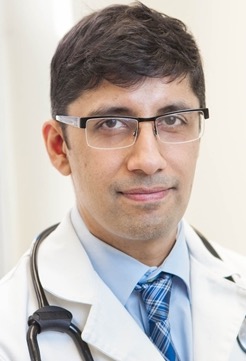By ALIZA NORWOOD

I’m a primary care doctor at a clinic providing care to uninsured and under-insured patients in central Texas. As COVID-19 cases rise around the country, one thing has become crystal clear: social workers are more critical to our work than ever, and we don’t have enough of them.
I’m reminded of this one day with a patient I’ll call David. It’s late September, and he’s back for a 3-month follow-up visit. Behind the pane of a face shield, I look at his phone as he shows me pictures. By now I’m used to the blur as the shield fogs from my mask, but it adds to the disorienting feeling of these moments.
In the clinic room, his own vision blurs as tears flow freely down his cheeks. We look at FaceTime screenshots from last week: his elderly mother in a hospital bed, her face obscured by tape and tubes; his similarly bedridden cousin with a fully gowned nurse in the background; a man in his twenties smiling and hugging a squirming toddler. He shows me those who are already dead, and those who are left behind.
I don’t want to dismiss the grief that hangs in the air like an unseen cloud, but the ticking clock forces me to push ahead. “David, I’m concerned about your blood pressure and sugar,” I say. His numbers are worsening. He nods his head wearily, explaining how he lost his health insurance along with his job and can no longer afford his medications. His grief comes in waves and he can’t sleep. He is suffering.
Continue reading…

















